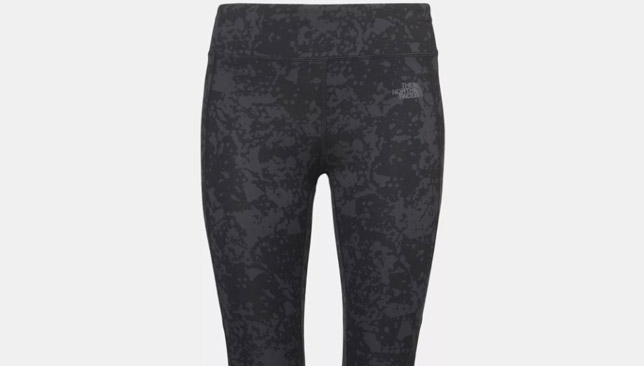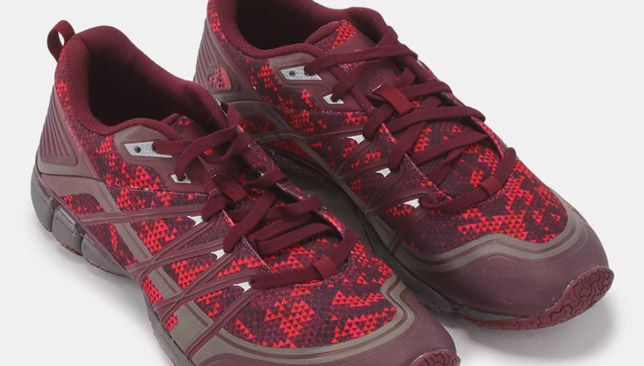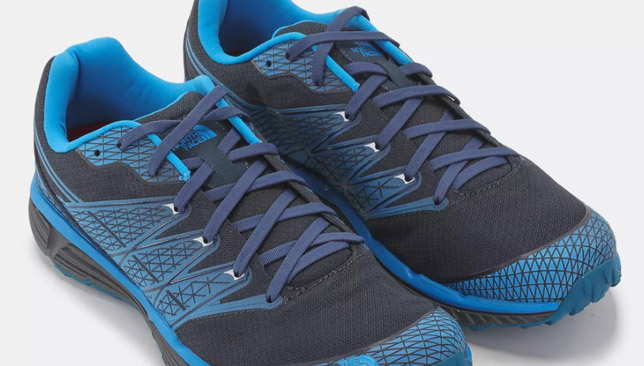
Trail running is a sport that consists of you running and hiking over mountainous terrain where there are many obstacles and challenges to tackle.
In the spirit of adventure (and good weather) more and more people have been substituting running on pavement and flat ground in favour of trail running.
If you love the outdoors and the feeling of fresh air breezing past you, then you should pick it up too.
But before you do that, here are a few tips on how you can prepare and train yourself for a trail run, as well as some advice on some gear that may aid your pursuit.
USE YOUR ARMS
As you run uphill, you’ll gain more momentum and speed by using your arms as you pump them vertically from your hips to your shoulders. Also, learn to keep your elbows slightly wider and further away from your body as you descend.
Getting the movement of your arms correct is what will keep you balanced while on a trail run.
THE GEAR YOU NEED: The North Face Reaxion Amp Crew T-Shirt

DEVELOP STRENGTH
It’s imperative that you include exercises in your workout regime that help to build strength, agility and balance in order for you to tackle obstacles such as uneven terrain, sand, roots, and more whilst on a trail run.
Examples of exercises to add to your training include: ‘Single Leg Balance’ in which you stand on one foot for extended periods of time whilst keeping your torso straight and tall, and your hips under your shoulders.
‘Single Leg Lunges’ are also good – they involve taking an exaggerated step forward onto a balance pad with your feet hip-width apart. This helps you to develop your leg and core strength – ensuring you breeze through your trails without stumbling.
THE GEAR YOU NEED: The North Face Pulse Capri Leggings.

PERFORM DEPTH JUMPS
In order to get your body trail run ready, you’ll have to add Box Jumps to your strength routine.
Your aim in this should be to jump onto the box in an explosively quick movement. Once mastered, move on to Depth Jumps, which have you standing on a box with your knees slightly bent. You then step off the box to land on the ground with both feet. Soft landing is the key as you bend your knees slightly once you hit the floor.
If you don’t have access to a box, then you can also use jumping ropes or perform single leg hops on the ground. This plyometric variation helps to prepare your body to absorb force as you barrel downhill with control.
THE GEAR YOU NEED: The North Face Litewave Ampere Training Shoe.

IMPROVE ANKLE STABILITY
It’s all too easy to go over on your ankle, and trail runs are serious culprits in the sprained ankle department – thanks to uneven surfaces, tree roots, sticks, rocks, and more.
To lessen the risk of twisting your ankle and jeopardising your trail run plans, prepare your body in the gym or at home with ankle strengthening exercises. BOSU balls and uneven surfaces are perfect tools to add to your ankle stability and balance improvement programme.
Furthermore, if you switch to barefoot exercises, it gives your natural stabilisers a chance to work and bolster your ankle protection system.
Perform squats, push-ups, lunges, single-leg squats, rear-foot elevated lunges and plyometric sans shoes and see improvement in the balance and stability of your ankles.
THE GEAR YOU NEED: The North Face Litewave TR Trail Running Shoe.

GRADUAL TRANSITION
Make sure you ease yourself gradually into the trail run terrain, as your training permits, to get yourself accustomed to running on uneven surfaces.
Start slowly by adding a few strides on the grass or off road after completing your regular road run. These will help to acclimate your body to new terrain as you also get to focus on your form and build speed, slowly and steadily.
Once confident about your strides, swap out your regular runs for short and quick trail runs to get your body ready for the real, long and exhausting trail run.
Trail running is an exercise for your body that is not only functionally better for you but it’s also great to be running outdoors in your natural environment.
So what are you waiting for? Gear up, join the crowd and step up to the challenge!